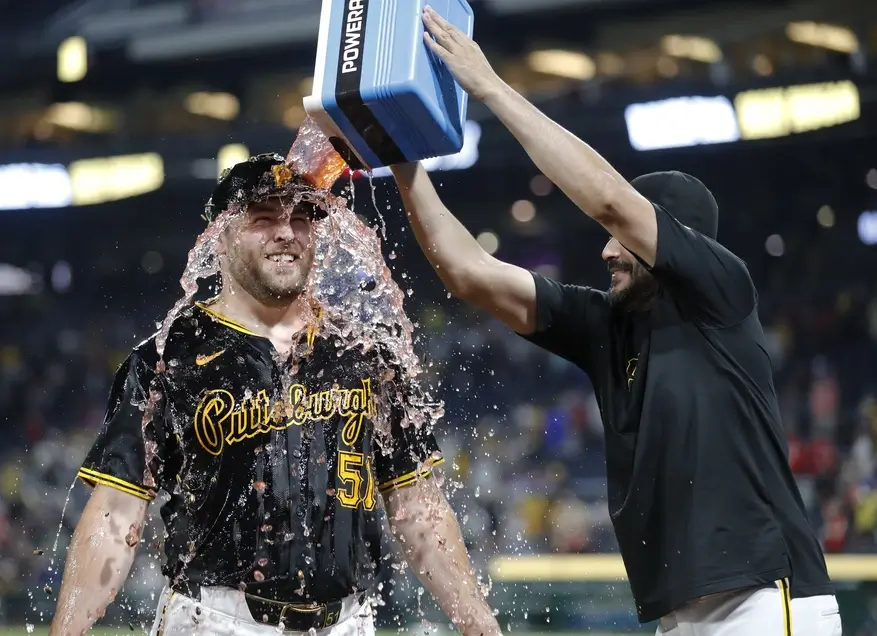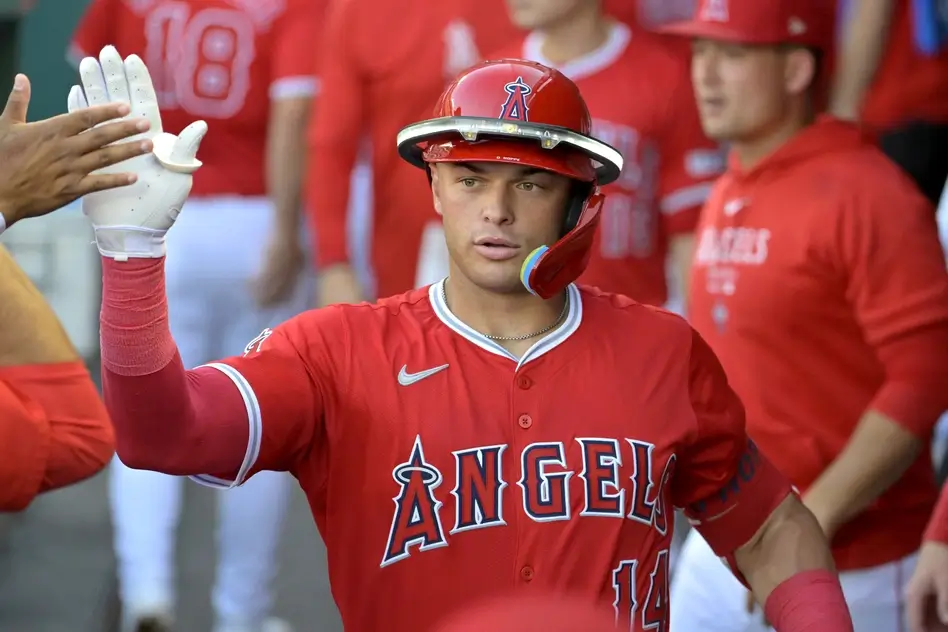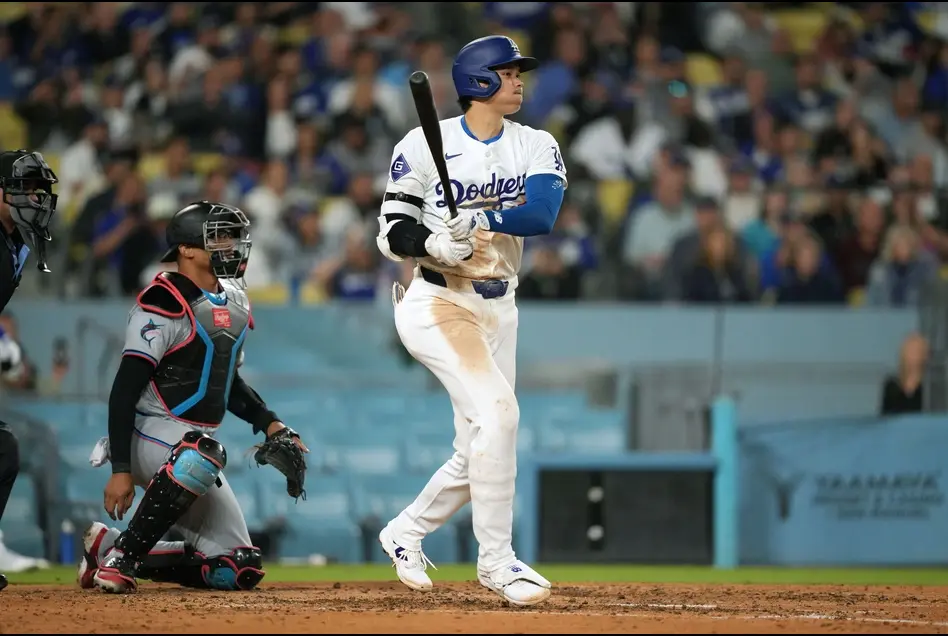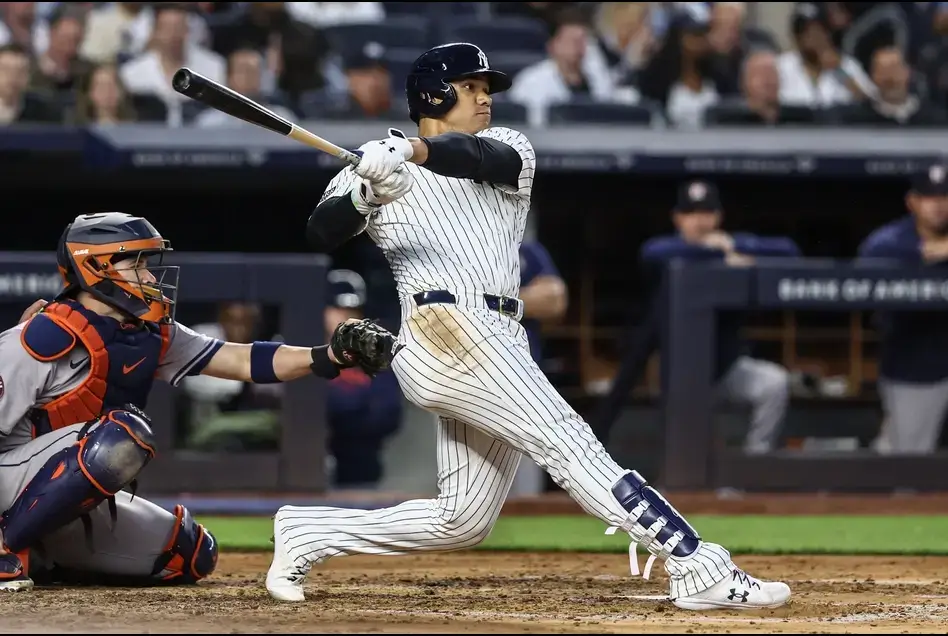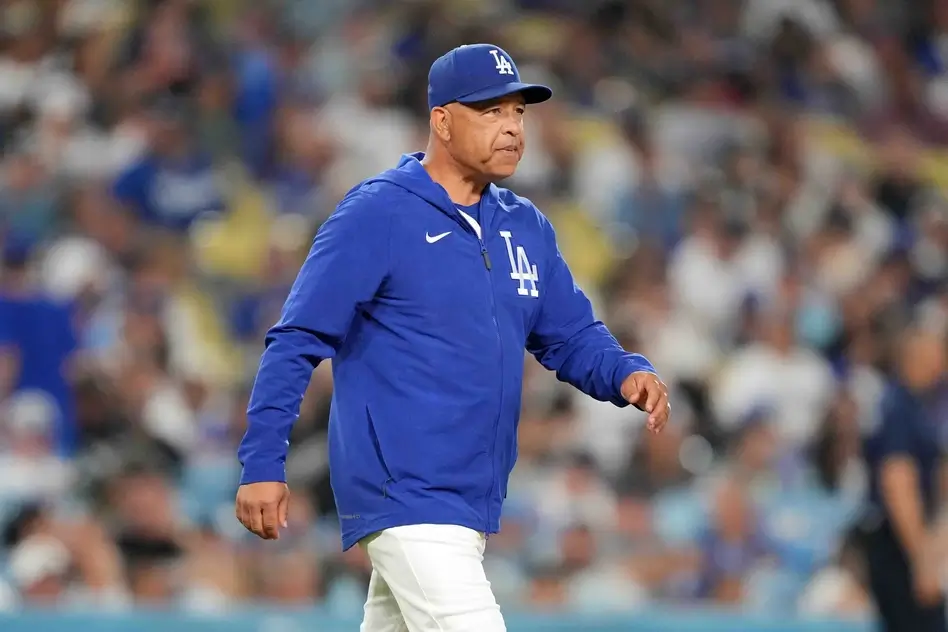Somewhere among the best MLB Draft prospects in 2022 is the next generation of star players. Of course, it usually takes a little time for baseball players to go from the draft to the big leagues.
That and the fact that casual fans need MLB Draft eligibility explained to them takes a little luster off of the MLB Draft. But that doesn’t mean we shouldn’t look at the top players in the 2022 draft and why this could end up being the best MLB Draft class ever.
Best MLB Draft prospects 2022
In the lead-up to the draft, it’s common to see a 2022 MLB mock draft and plenty of MLB Draft predictions. However, rather than worry about projecting things that are tough to predict, let’s focus on the players themselves.
Even if none of these players are household names right now, that could change shortly. Give yourself a head start on learning some of these names by checking out our ranking of the top 15 best MLB Draft prospectus for 2022.
15. Cole Young, Shortstop (North Allegheny, Pennsylvania)
For a high school shortstop who’s not from a traditional baseball hotbed, Cole Young is surprisingly polished. His raw tools don’t always stand out, although he’s average or better across the board outside of the power category.
As a left-handed hitter, Young has some gap power that could improve with age, although he stands out most as a contact hitter who rarely strikes out and knows how to put the ball in play. At shortstop, his range and arm aren’t much of an issue, so he should stay there long-term. For a ceiling, Young could be a solid defensive shortstop who hits for a high average.
14. Brock Jones, Outfielder (Stanford)
It’s going to be hard to find consensus on Brock Jones among scouts, perhaps more so than any of the best MLB Draft prospects in 2022. Keep in mind that he also played safety and special teams for the Stanford football team and has only recently put his entire focus on baseball.
Of course, his athleticism and football background are part of what makes him an intriguing prospect. Jones has shown good patience at the plate and has the combination of power and speed that will entice a team to take a chance on him and see what happens, although his floor isn’t particularly high because he’s never fully focused on baseball.
13. Gavin Cross, Outfielder (Virginia Tech)
Even though Gavin Cross wasn’t a big prospect coming out of high school, his stats in college don’t lie.
The left-hand-hitting outfielder has done nothing put up numbers in college. He’s gotten better at controlling the strike zone at Virginia Tech and has also tapped into power that’s a tick above average. He moves well enough to be a solid defensive outfielder, although he could also do well at first base. While he’s far from a sure thing, there’s a lot to like about him.
12. Daniel Susac, Catcher (Arizona)
While he’s big for a catcher and is lacking in receiving skills, Daniel Susac has the bat to make an impact and could make him a top-10 pick. His hitting ability and emerging power will surely carry him to the big leagues, following in the footsteps of his older brother Andrew, who spent more than half a decade in the majors.
It’s also worth noting that Susac also played quarterback in high school, so while he’s not a strong receiver, he does have the arm strength teams want to see in a catcher.
11. Blade Tidwell, Pitcher (Tennessee)
Outside of some shoulder issues that have sidelined him earlier this year, Blade Tidwell has everything you could want in a pitching prospect. He’s got the frame at 6’4’’ and regularly hits the mid-90s with his fastball.
Tidwell has been able to go deep into games and has shown promise with three different secondary pitches. Needless to say, if he keeps developing and everything comes together, his upside is incredibly high.
10. Dylan Lesko, Pitcher (Buford, Georgia)
A few months ago, it would have been a given that Lesko would be the first pitcher selected. But that’s no longer a guarantee after he underwent Tommy John surgery, which will surely delay the start of his pro career.
However, Lesko did enough during his junior year of high school to make teams believe in his potential, striking out 112 batters in 60 innings while posting an ERA of 0.35. His stuff is serious and he’s surprisingly polished for a high school pitcher. It’s all about whether teams trust that he’ll make a full recovery from Tommy John.
9. Kevin Parada, Catcher (Georgia Tech)
Kevin Parada will undoubtedly be the first catcher off the board during this year’s draft. He also comes from a college program at Georgia Tech that has a knack for producing catchers, including Matt Wieters and more recently Joey Bart of the Giants.
The only caveat is that Parada isn’t going to be a defense-first catcher. However, he’s worked hard to become at least average behind the plate, even if his arm is still a tick below average. Of course, it’s his ability as a hitter that’s driving Parada’s status as one of the best MLB Draft prospects in 2022. He’s always making solid contact and his power is starting to come along as well, making him an ideal fit for teams that want an offensive-first catcher.
8. Jace Jung, Second Base (Texas Tech)
Visually speaking, Jace Jung has an unusual stance, so once you’ve seen him, you’re unlikely to forget him. However, while he might have an unconventional approach to hitting, there’s no arguing with his production as a college player.
He’ll have a chance to be above-average as both a contact hitter and a power hitter. There might be a few more strikeouts than teams would want, but his power should help to balance that out.
Granted, Jung isn’t going to bring much to the table defensively and has below-average speed, so it’s all bat. But he will have some defensive versatility, even if he’s not a strong defensive player. He also has the upside of someone who can hit around .300 and push for 30 homers.
7. Chase DeLauter, Outfield (James Madison)
While he doesn’t come from a traditional college basketball powerhouse, Chase DeLauter has done nothing but hit during his collegiate career. He has a sweet swing from the left side and has stats that will stand out among most college players.
DeLauter is 6’4’’ and has average tools across the board, including above-average power. He has the profile of a player who can be a middle-of-the-order hitter in the majors. DeLauter has also spent some time in college as a pitcher who can sit in the low 90s. That means he won’t be a liability in the outfield and should be a solid right fielder whose arm can also be an asset.
6. Elijah Green, Outfielder (IMG Academy)
Scouts aren’t entirely sure if Green has a high floor, but the ceiling is among the best of any prospect in this year’s draft. His power and speed combination is as good as any player in the draft in several years.
However, Green has shown a propensity for swinging and missing, which has started to scare some teams away. If he can’t fix that issue, his inability to hit for contact could prevent him from ever getting to the big leagues. But with his raw tools, Green has the upside of a player who will make several All-Star Teams in his career.
5. Jacob Berry, Outfielder (LSU)
There is a strong argument for Jacob Berry being the most polished college hitter in the draft.
He hit .352 with an OPS of 1.115 as a freshman at Arizona before transferring to LSU, where he’s continued to blossom. As a switch hitter, Berry has proven that he can make hard contact and hit for power from both sides.
The only downside is that his best position is “hitter,” as Berry doesn’t bring much to the table defensively. He’s mostly played third base in college but could be moved to first base or the outfield, although he’s not exactly going to make a positive impact defensively at either of those positions.
The good news is that with the universal DH, Berry’s lack of defensive prowess shouldn’t impact his draft stock too much because his hit tool is more than enough to make up for some defensive shortcomings.
4. Brooks Lee, Shortstop (Cal Poly)
With many of the best MLB Draft prospects in 2022 being high schoolers, Brooks Lee is arguably the best college player available. He’s a switch-hitting shortstop who’s coming from a good college program and should move quickly through the minors.
Lee is rarely a strikeout victim and usually makes hard contact. His power is also starting to come along and can be seen from both sides. The only question with Lee is whether he has the range to be a shortstop in the majors.
However, his arm is solid and his defensive skills are there, so moving to second base or third base at some point shouldn’t be an issue if the team that drafts him already has a long-term solution at shortstop.
3. Jackson Holliday, Shortstop (Stillwater, Oklahoma)
Holliday is one of a few sons of former big-league players who will get a chance to start their pro career following the draft. While he’s the son of longtime slugger Matt Holliday, Jackson is a left-hand hitting shortstop.
Given who his father is, the younger Holliday has had access to the best coaching and will understand better than most young players what he has to do away from the field to succeed. In fact, his uncle is a college hitting coach, which explains why he’s blossomed over the past year.
He certainly offers more speed than his father and should have the footwork and arm strength to remain at shortstop long term. That makes him a valuable pick and perhaps a safe pick for teams compared to the average high school shortstop.
2. Termarr Johnson, Second Base (Mays, Georgia)
As a pure hitter, Johnson might be the best player available. For a high school player, he has a surprisingly mature approach at the plate. Also, there are scouts who have given him the highest grade possible for his hitting ability.
He only recently started to tap into his power, although that should come as his body matures.
In the meantime, his ability to hit the ball to all fields will serve as a strong foundation. Defensively, Johnson has some questions, which is why he’s not the top overall prospect. But if he can handle second base, the sky is the limit for him as an offensive player.
1. Druw Jones, Outfielder (Wesleyan, Georgia)
The son of Andruw Jones, who is arguably the best defensive center fielder to ever play the game, it’s not a surprise that Jones is the best prospect available in this year’s draft.
As a center fielder, the younger Jones appears to have the same instincts as his father, not to mention the speed to cover a significant chunk of the outfield grass. As a hitter, his father didn’t get enough respect for his 434 career home runs.
The younger Jones has some questions because his swing is a little long. But that’s something that could be fixed in the minors.
Plus, he has a lightning-quick swing and once he starts to fill out his frame, there should be more power. He may not hit 400-plus homers like his father, but the younger Jones should hit in addition to being a huge asset in the field and on the base paths, making him a five-tool player with a huge upside.



